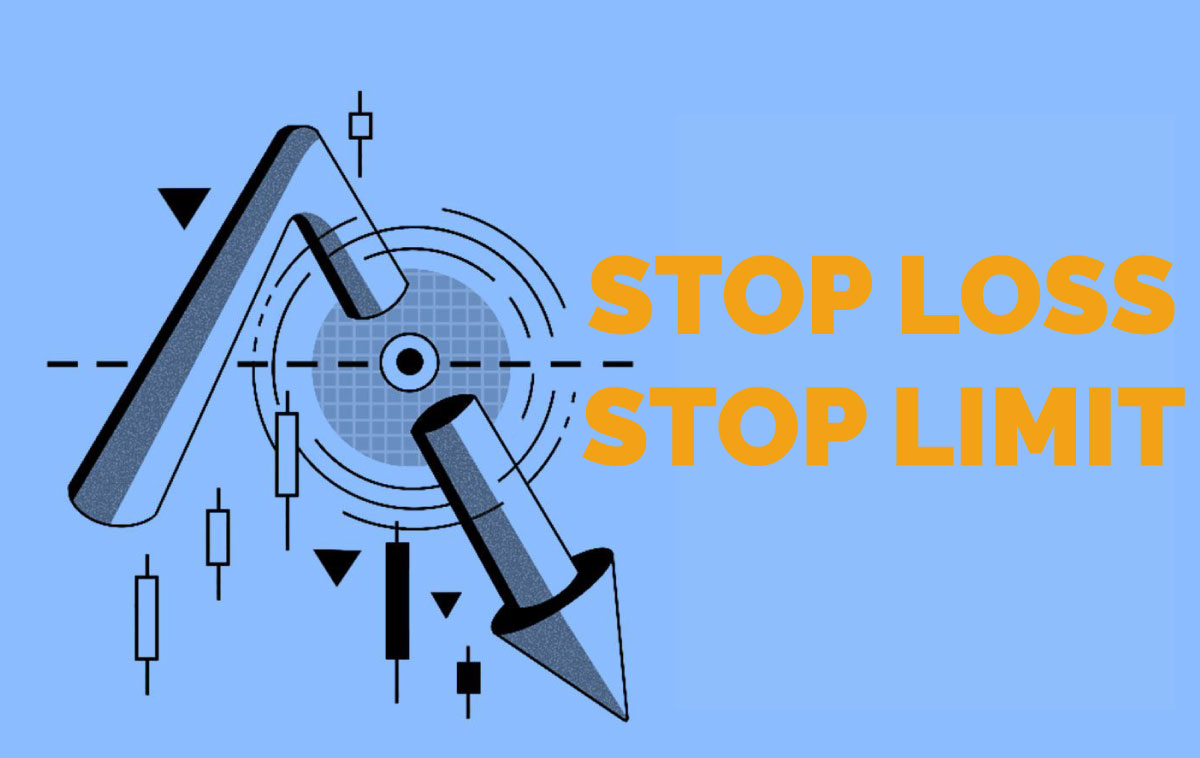Stop-loss and stop-limit orders are important tools for traders to limit their losses and protect their gains. These two types of orders are commonly used in the stock market and other financial markets to help traders manage risk and make more informed investment decisions.
What Is A Stop-Loss Order?
A Protective sell order is an order that is placed with the platform system to sell a market when it reaches a certain price. This type of order is used to limit the amount of loss that a trader is willing to take on a particular trade. Once the stop-loss price is reached, the order is executed and the market is sold.
Buy & Sell Stop Orders
There are two types of stop orders – buy and sell. A buy stop order is placed above the current market price, while a sell stop order is placed below the current market price. When the price of the market reaches the stop price, the order is triggered and the trade is executed.
How to Use A Stop-Loss?
A stop-loss order is a useful tool for managing risk, but it should be used with care. Traders need to set their Stop-loss sell orders at a level that is appropriate for the amount of risk they are willing to take on a particular trade. If the stop-loss order is set too close to the current market price, it may be triggered too quickly, resulting in unnecessary losses.
On the other hand, if the Stop-market order is set too far from the current market price, it may not be triggered at all, which could result in even greater losses. Traders need to consider the volatility of the market they are trading and the size of their position when setting their stop-loss orders.
What Is A Stop-Limit Order?
A stop-limit order is similar to a stop-loss order, but it also includes a limit order. When the price of a market reaches the stop price, the order is triggered, and Stop buy limit orders is placed to buy or sell the security at a specified price or better.
How to Use A Stop-Limit Order?
Price-triggered limit order is a useful tool for traders who want to limit their losses and protect their profits, but it should be used with care. Traders need to set their stop-limit orders at a level that is appropriate for the amount of risk they are willing to take on a particular trade.
If the Conditional limit order is set too close to the current market price, it may not be triggered at all, which could result in even greater losses. On the other hand, if the stop-limit order is set too far from the current market price, it may be triggered too late, resulting in missed opportunities to sell at a profit.
Traders also need to consider the volatility of the market they are trading and the size of their position when setting their stop-limit orders. By setting Conditional limit order correctly, traders can limit their losses and protect their profits, making it an essential tool for any trader.
In conclusion, stop-loss and stop-limit orders are important tools for traders to limit their losses and protect their profits. Traders need to set their orders at appropriate levels and consider the volatility of the market they are trading and the size of their position when setting their orders.
By using stop-loss and stop-limit orders correctly, traders can manage their risk and make more informed trading decisions.
